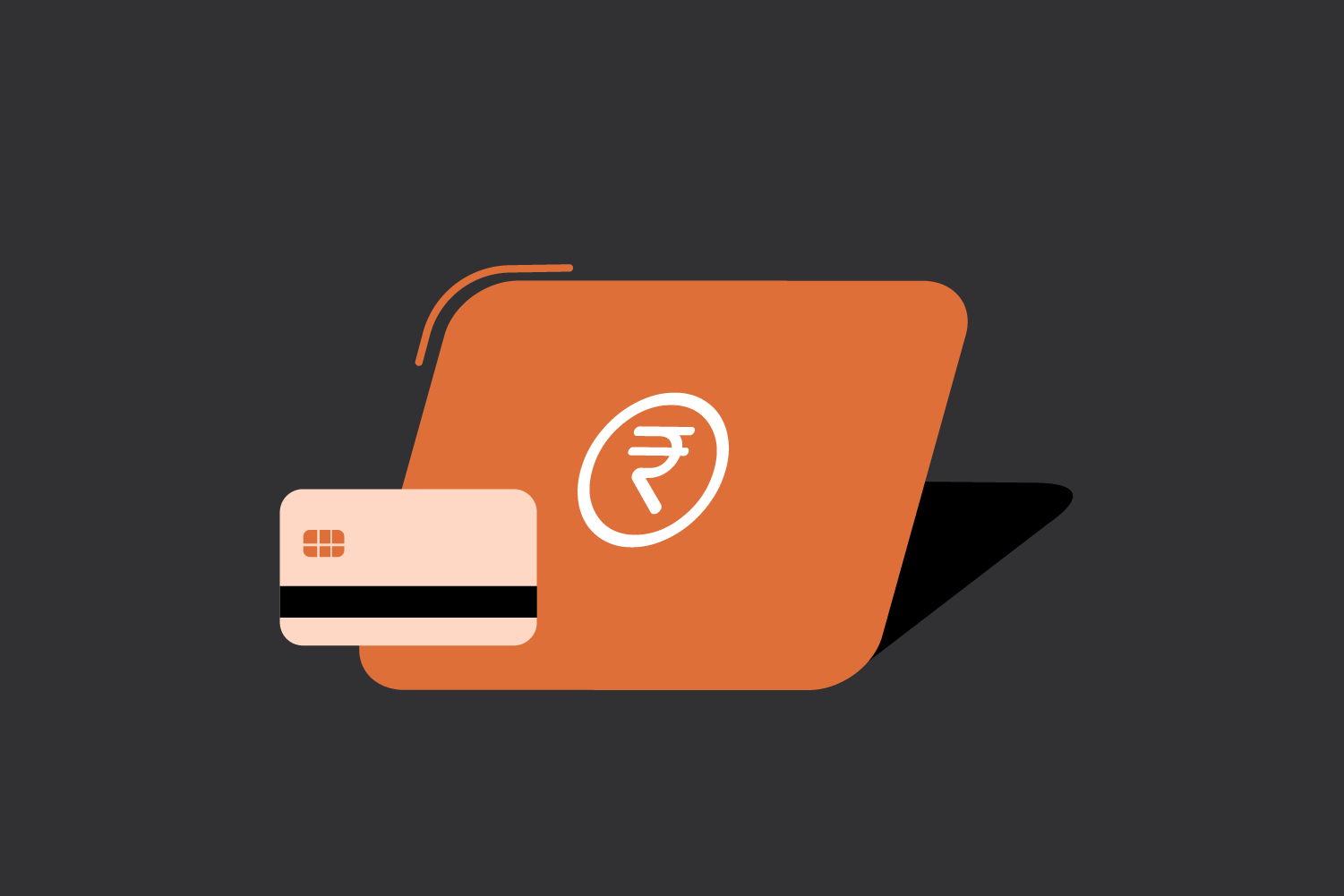In the era of the Goods and Services Tax (GST), e-way bills have become crucial for the movement of goods across India. However, when businesses have a huge volume of transactions, e-way bill management can be challenging.
This article explains all about e-way bills, including the importance, step-by-step process to generate e-way bills, challenges, and e-way bill APIs.
What is an e-way bill?
An e-way bill is an electronic document required for the movement of goods exceeding a specified value (varies depending on inter-state or intra-state movement) within India. It electronically captures information about the consignment, including the supplier, recipient, description of goods, and value. This document helps tax authorities to monitor the movement of goods and prevent tax evasion.
Why are e-Way bills important under GST?
e-Way Bills hold significant importance in the GST regime for several reasons:
- Enhanced transparency: They ensure transparency in the movement of goods, enabling authorities to track the flow of goods and identify potential tax evasion attempts.
- Reduced paperwork: e-Way Bills eliminate the need for physical waybills, streamlining the documentation process significantly.
- Simplified tax compliance: They simplify tax compliance for businesses by providing a digital record of goods movement.
- Reduced checkpoints: e-Way Bills help reduce unnecessary delays at checkpoints by providing pre-approved documentation for the movement of goods.
Step-by-step process to generate e-way bills
Businesses can generate e-way bills through the e-way bill portal. Here’s a detailed breakdown:
- Login: Access the e-way bill portal and log in using your GST Identification Number (GSTIN) and credentials.
- Generate new E-waybill: Under the “E-waybill” option, click on “Generate New.”
- Transaction details: Select the transaction type as “Outward” if you are the supplier of the goods or “Inward” if you are the recipient.
- Choose the supply type (sale, return, etc.) and document type (invoice, bill of supply, etc.).
- Enter the document number and date.
- From and To details: Provide the complete address of the supplier and recipient, including state and pin code.
- Transporter details: If transporting by road, enter the transporter ID or vehicle number.
- For other modes of transport (rail, air, ship), provide the transporter ID, transport document number, and date.
- Item details: Add details of the goods being transported, including description, HSN code, quantity, and value per item.
- Generate: Once all details are accurately filled in, click on “Submit” to generate the e-way bill. The portal will assign a unique e-way bill number.
- Print or download: You can print the generated e-way bill for your records or download it in PDF format for future reference.
Common challenges with the e-way bill portal
While the e-way bill portal offers a convenient method for generating e-way bills, occasional challenges can arise.
Here’s an example:
Imagine a small business owner named Mr. Sharma needs to generate an e-way bill for a large consignment of clothing being shipped to another state. However, during the process, he encounters an error message stating, “Invalid HSN code.” This could be due to an incorrectly entered HSN code or an outdated code list on the portal.
To correct the errors, Mr Sharma has to take the following actions:
- Double-check: Mr. Sharma should carefully review the HSN code he entered and ensure it matches the product description.
- Update HSN code: If the code is outdated, he can visit the official GST portal to access the latest HSN code list.
- Contact Support: If the issue persists, seeking assistance from the e-way bill portal’s support team would be the best course of action.
e-Way Bill APIs: A smoother way to generate e-way bills
Businesses can leverage e-way bill APIs to streamline the e-way bill generation process and overcome the challenges associated with the manual process. It results in key benefits such as:
- Automation: Automate the entire e-way bill generation process, reducing manual errors and increasing efficiency.
- Real-time generation: Generate e-way bills instantly without relying on manual actions.
- Integration: Seamlessly integrate e-way bill generation with other business systems, like ERP and inventory management.
- Reduced Errors: Minimize errors by automating data entry and validation.
Use cases of e-way bill APIs
Businesses can streamline their businesses by leveraging APIs from reputable providers such as Zwitch. Below are a few use cases in which APIs can have a significant impact.
- E-commerce platforms: Integrate e-way bill generation into their order fulfillment process, ensuring timely and accurate compliance.
- Logistics companies: Automate the generation of e-way bills for shipments, optimizing their operations.
- Manufacturing units: Streamline the movement of goods within their supply chain.
e-Way Bills have become an integral part of the GST regime, ensuring transparency and efficiency in the movement of goods. By understanding the step-by-step process and utilizing e-Way Bill APIs, businesses can simplify compliance and focus on core operations.
Interested in our APIs? Let’s talk!
Tell us your automation goals, and we’ll set you up with a free, personalized demo from our API expert.
Click HereFrequently Asked Questions (FAQs)
What is an e-way bill?
An e-way bill is an electronic document required for the movement of goods exceeding a specified value within India.
Why are e-way bills important under GST?
e-Way Bills enhance transparency, reduce paperwork, simplify tax compliance, and reduce delays at checkpoints.
How can I generate an e-way bill?
You can generate an e-way bill through the official e-way bill portal or by using e-way bill APIs.
What are the challenges with the e-way bill portal?
Common challenges include technical glitches, slow response times, and complex procedures.
What are the benefits of using e-Way Bill APIs?
e-Way Bill APIs offer automation, real-time generation, integration, and reduced errors.



0 Comments